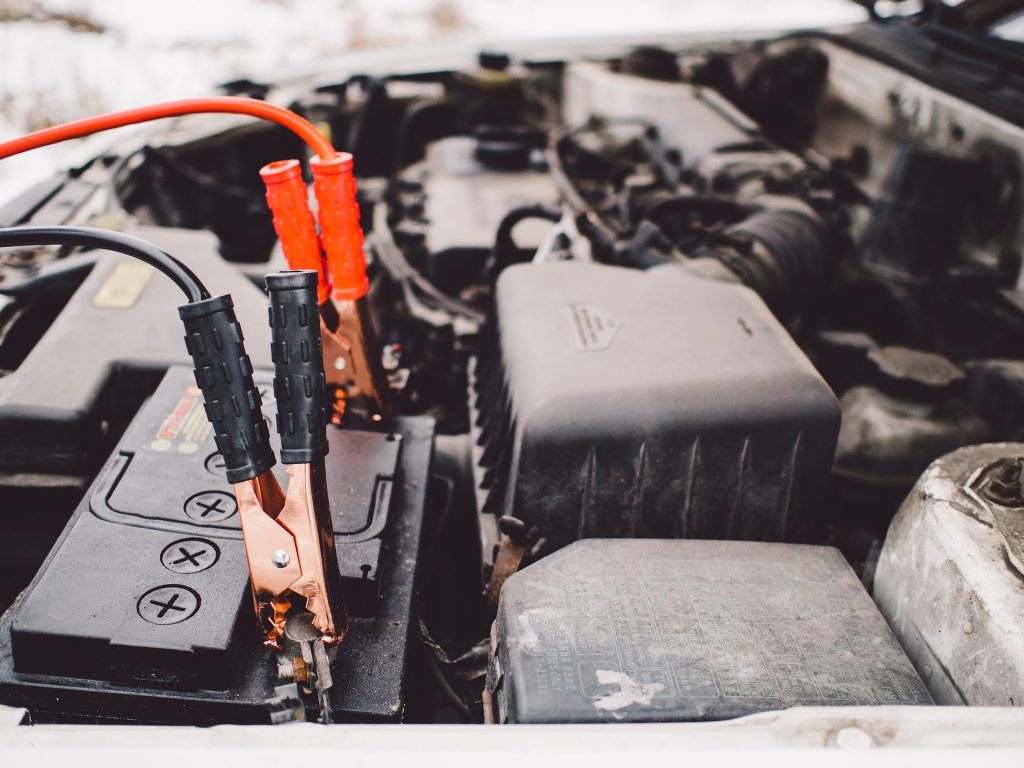Three Battery Technologies That May Be Powering The Future
Three Battery Technologies That May Be Powering The Future
The world can always use more power. It is preferable that it be in a renewable and clean form. Currently, lithium-ion batteries are shaping energy storage strategies – on the cutting edge of this technology. However, what do we have to look forward to in the future?
New Generation Lithium-Ion
With lithium-ion (Li-ion batteries) the release and storage of energy are provided by lithium ions moving from the positive electrode to the negative one and back and forth by way of the electrolyte. The positive electrode in this technology acts as the initial source of lithium and the negative electrode is the lithium host. There are several chemistries collected under the Li-ion battery name, due to decades of optimization and selection close to perfection of negative and positive action materials. Lithiated phosphates or metal oxides are the materials that are most commonly used as positive materials. Lithiated titanium oxides, graphite/silicone, or graphite are used for the negative materials.

With actual cell designs and materials, it is expected that Li-ion technology will be reaching its energy limit within the next few years. However, the current limits should be unlocked by very recent discoveries of brand-new disruptive active material families. The innovative compounds are able to store increased lithium in negative and positive electrodes and allow power and energy to be combined for the very first time. Along with the new compounds, the criticality and scarcity of raw materials are taken into account as well.
Advantages
These days, Li-ion battery technology, among all of the various state-of-the-art storage technologies, allows for the highest energy density level. Performances like the temperature operating window (from -50°C to 125°C) or fast charge may be fine-tuned with the very large choice in chemistries and cell design. Li-ion batteries also offer other advantages like really low self-discharge and really low cycling performances and lifetime, which typically is comprised of thousands of discharging/charging cycles. Buy apc UPS batteries.
Lithium-Sulfur
The lithium ions in Li-ion batteries are stored inside active materials to act as a stable host structure throughout discharge and charge. Lithium-sulfur (Li-S) batteries do not have host structures. The lithium anode, while it is discharging, is consumed, while sulfur is transformed into various chemical compounds. The reverse process occurs during charging.
Advantages
Really light active materials are used by Li-S batteries The negative electrode uses metallic lithium and the positive electrode uses sulfur. That is why it has an extraordinarily high theoretical density: four times higher than Li-ion. This makes it a very good fit for the space and the aviation industries.
Solid-State
A paradigm shift in technology is represented by solid-state batteries. With today’s Li-ion batteries, the ions move between electrodes across liquid electrolytes (also referred to as ionic conductivity). With all-solid-state batteries, a solid compound replaces the liquid electrolyte, where the lithium ions still being able to migrate inside it. This is not a new concept. However, over the last decade, due to intensive research all over the world, new solid electrolyte families with really high ionic conductivity have been discovered. They are similar to liquid electrolytes and make it possible to overcome this specific technological barrier.
Currently, Saft R&D is focusing on two main types of materials: inorganic compounds and polymers, to aim for the synergy of physico-chemical properties like conductivity, stability, and processability.
Advantages
The first big advantage is a significant improvement in safety at the battery and cell levels. When heated, solid electrolytes are non-flammable, in contrast to their liquid counterparts. The second one is that it allows for the use of innovative high-capacity high–voltage materials, to enable lighter, denser batteries with longer shelf-life due to reduced self-discharge. At the system level, this also results in additional advantages including safety and thermal management as well as simplified mechanics.
{“mode”:”full”,”isActive”:false}
